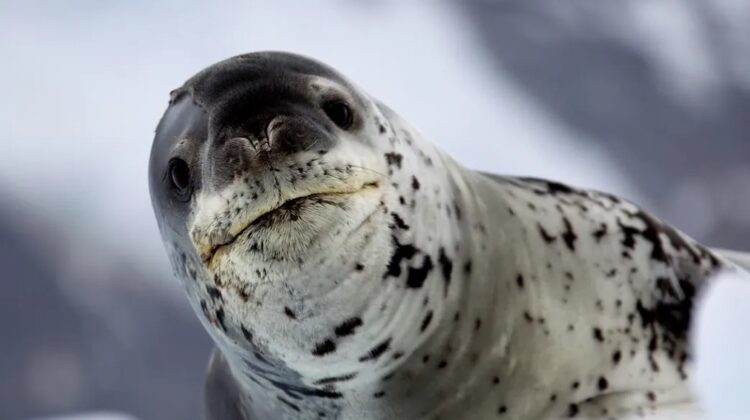
It’s been determined how a USB drive ended up in a frozen sample of leopard seal feces in New Zealand, and the voyage there was, to put it mildly, fascinating.
When news of the unexpected appearance of the USB made headlines last week, the whole globe was both startled and interested.
One of the greatest methods to study these uncommon seals is to examine their scat, which is why researchers at New Zealand’s National Institute of Water and Atmospheric Research (NIWA) operate a leopard seal program. It can reveal a great deal about the seals’ diet, travel patterns, and health. But in order to obtain it, they require volunteers who gather the samples and deliver them to the Institute.
One such sample was recovered on Oreti Beach in Invercargill. It had been frozen to preserve it after being gathered a year earlier. It takes time to process all the samples, and only last week did NIWA disclose in a blog post that after they had defrosted this specific sample, an unexpected item—a USB stick—had shown up.
Amazingly, the USB functioned after being cleaned, displaying kayak footage of several playful seals in Porpoise Bay on the South Island. In an effort to track down the owner, NIWA posted the film, and the surprise find went viral.
After viewing her film on national news, the owner of the USB has now come forward and shared a quite coincidental tale. Having always backed up her images and films on a USB drive, Amanda Nally, a volunteer with New Zealand’s Sea Lion Trust, was shocked to identify her own material on television.
Amazingly, it turns out that she was the volunteer who first discovered the scat sample and reported it to NIWA, entirely ignorant that her USB was within.
She noticed and reported a sickly-appearing seal at Oreti Beach a year prior, just a few days after recording while kayaking. She saw some scat nearby and advised taking the animal to NIWA for their program while a veterinarian was sent to examine the animal. The scat was promptly couriered to the Institute once the seal was deemed healthy.
Nally believed she had dropped the USB on the sand that day when it was later discovered that this very sample had contained it, but NIWA researchers had an even wilder idea.
Nally told Motherboard that it is still unclear how the USB stick became up in the seal poop. “The experts who unfroze the material are sure that it was too entangled to have just been thrown in it as it were,” she said.
They speculated that because of the surrounding feathers and small bird bones, it may have been dropped by me accidently, picked up by a seabird, devoured by a leopard seal, and then discovered by me.
She is fully aware that this unusual series of events resembles a crazy series of coincidences, but as she recently told Motherboard, “sometimes life is…”

Leave a Reply